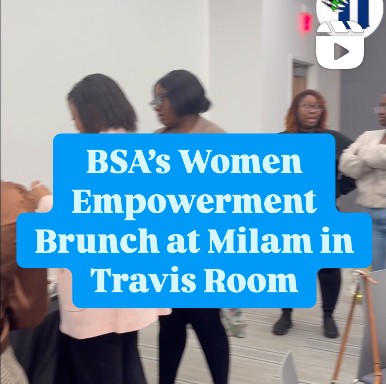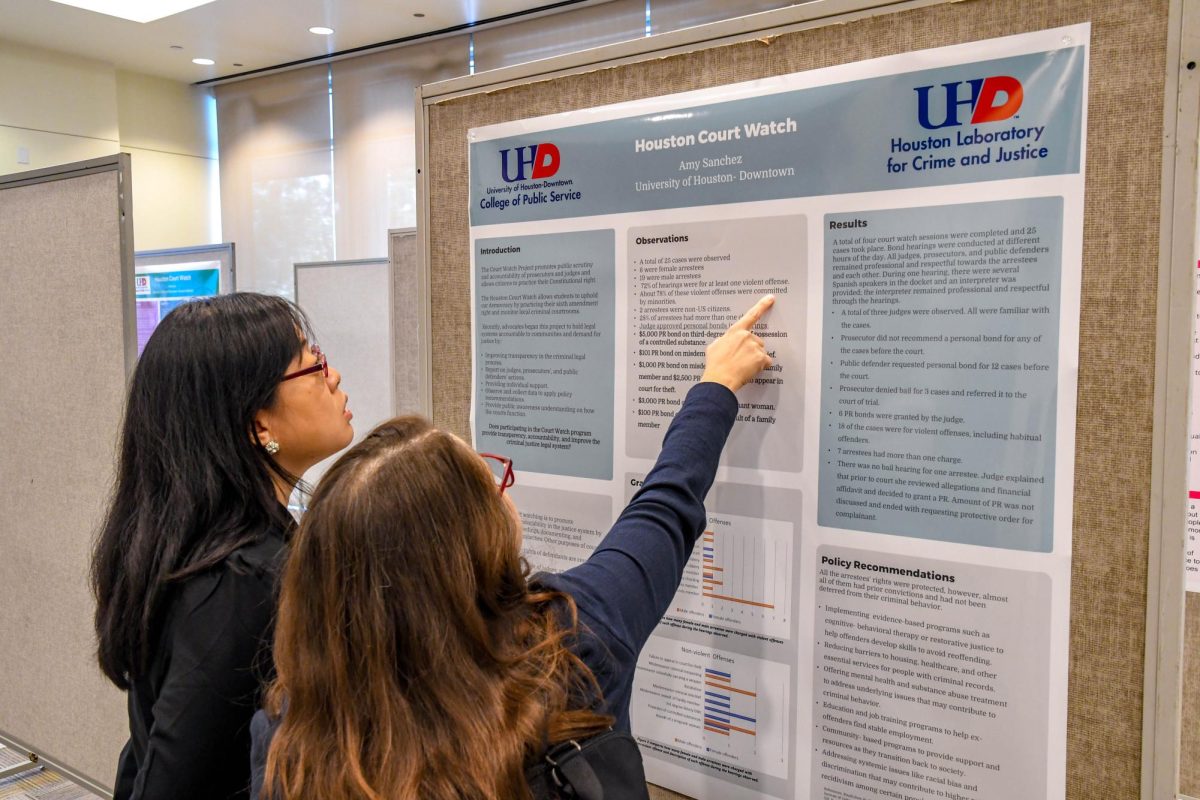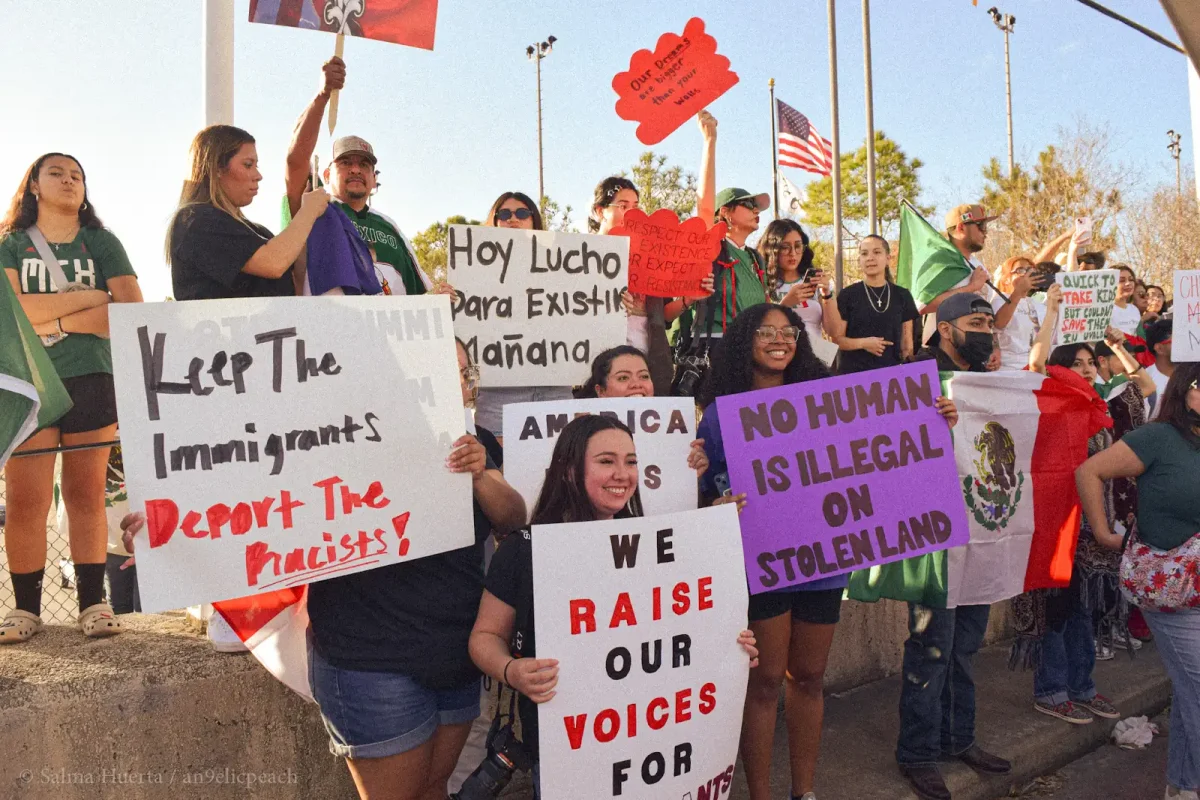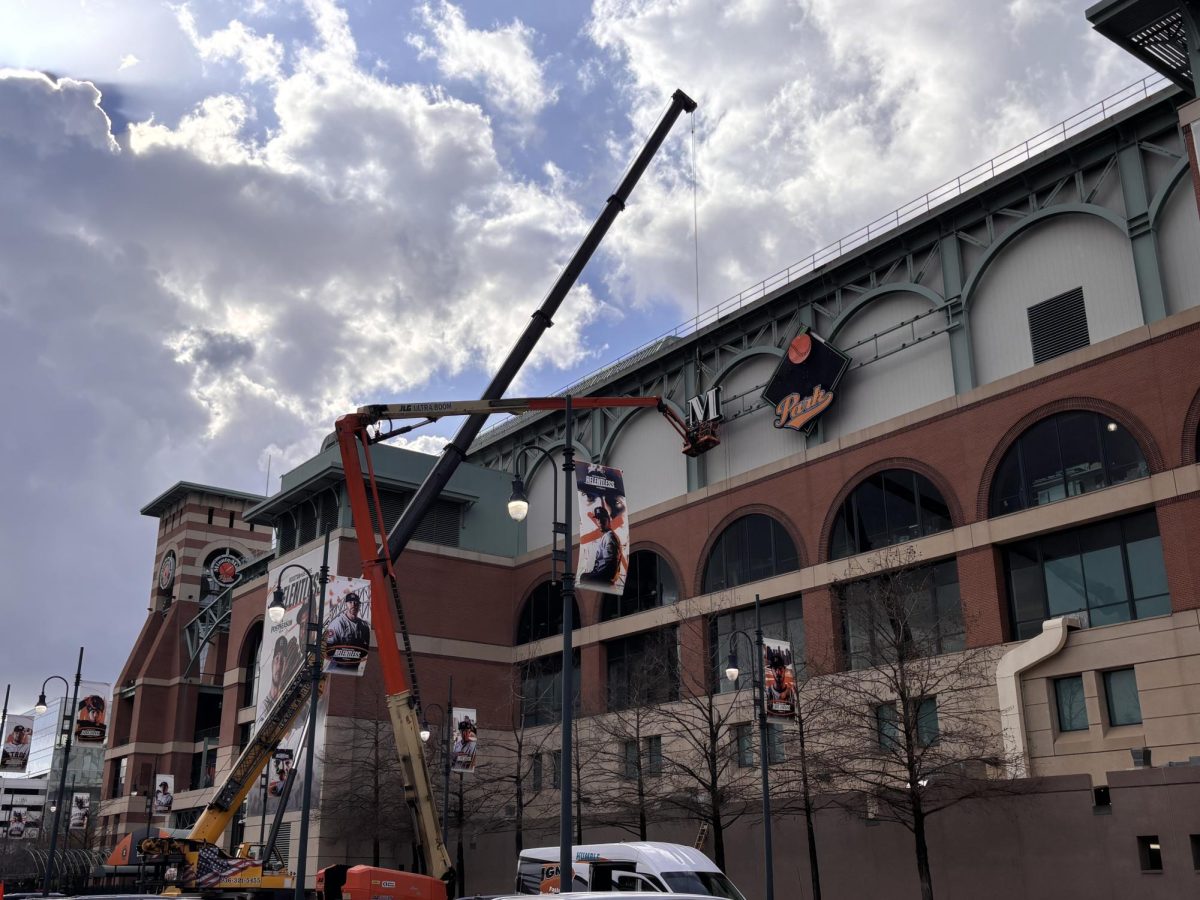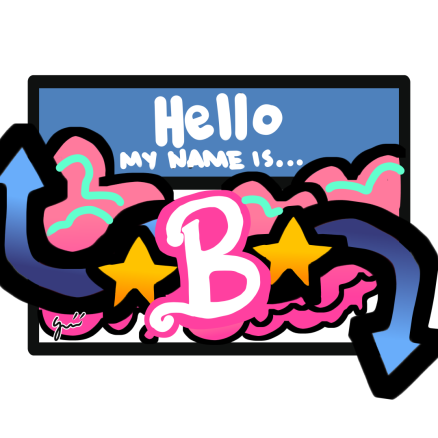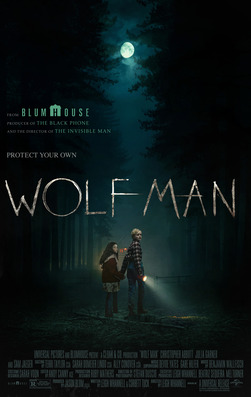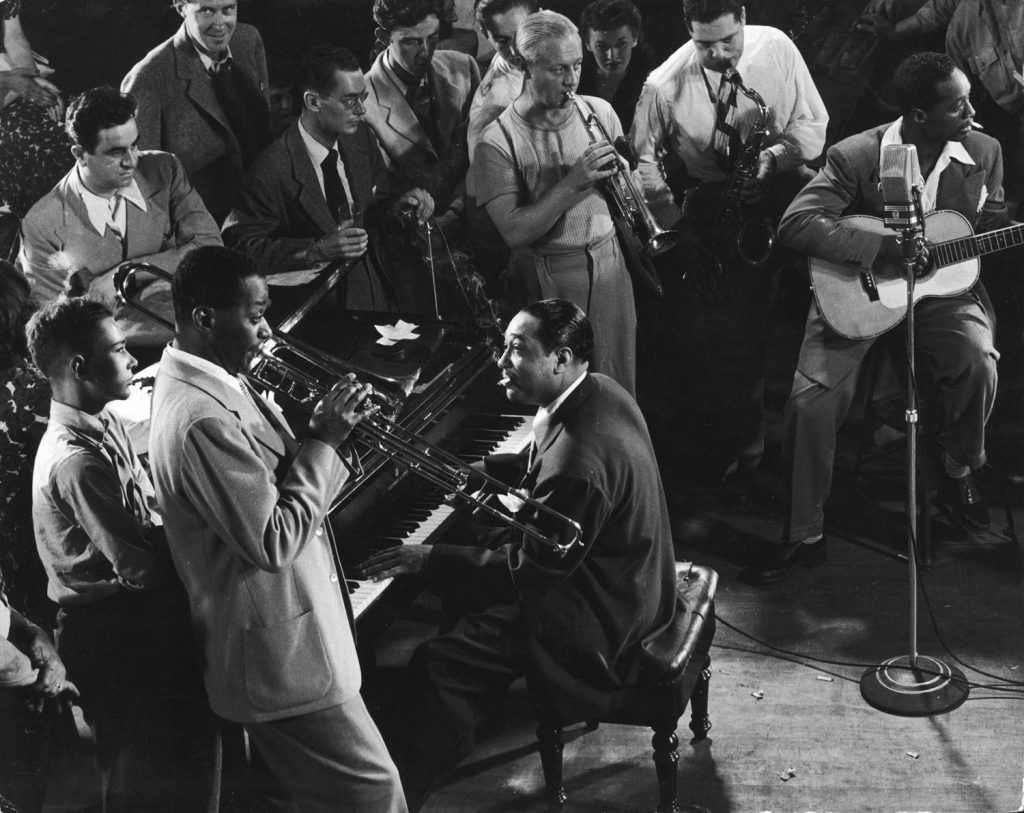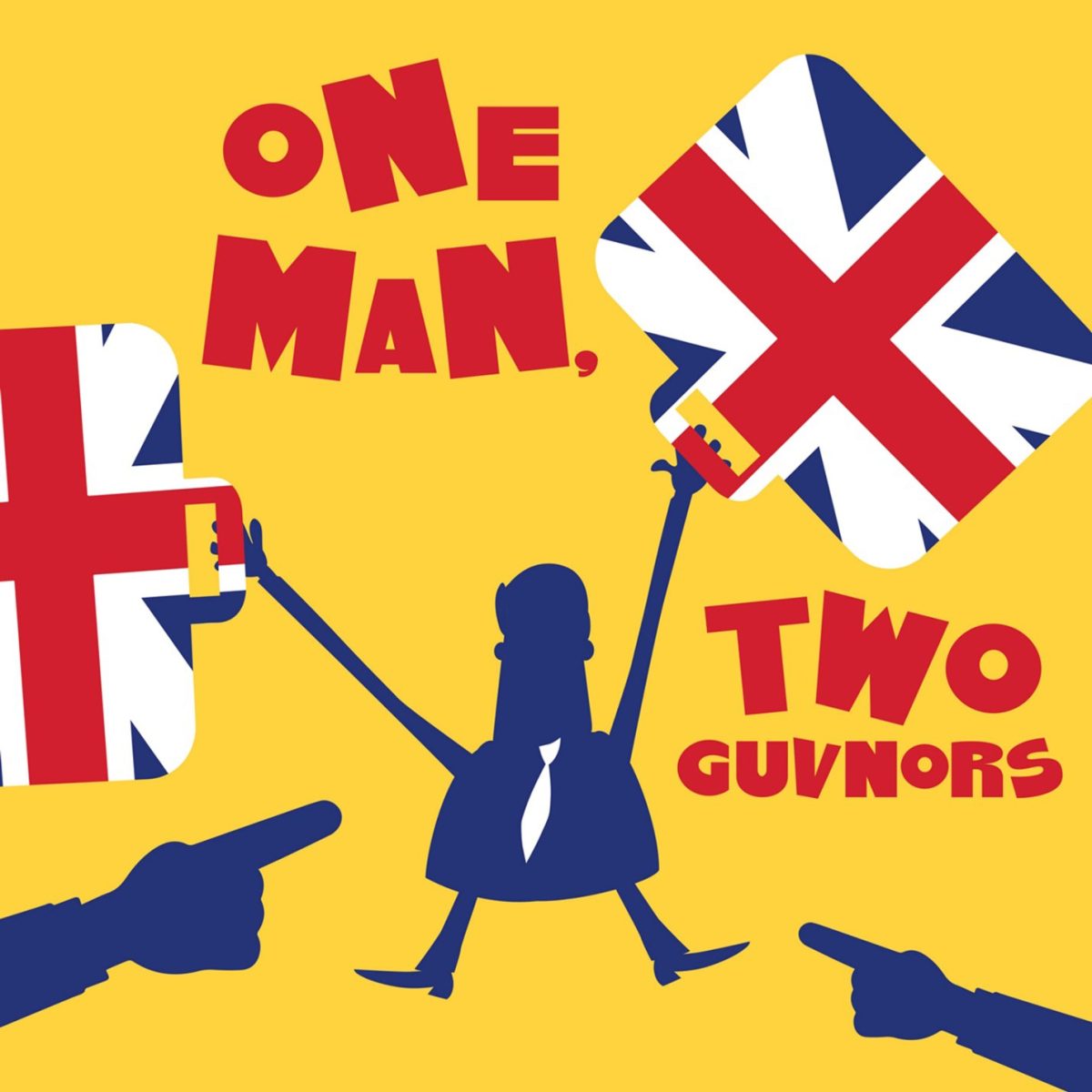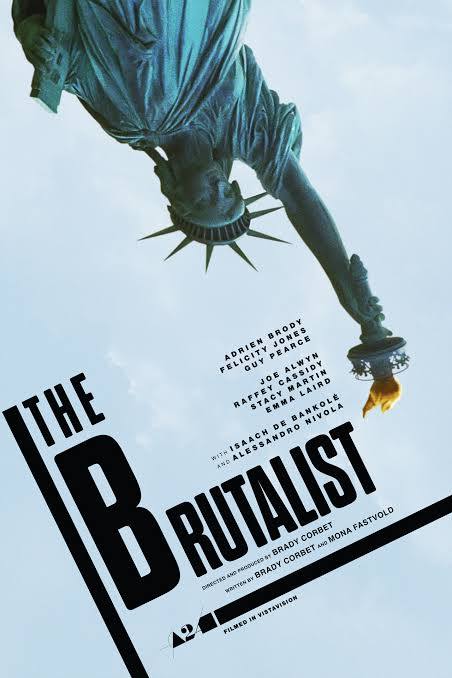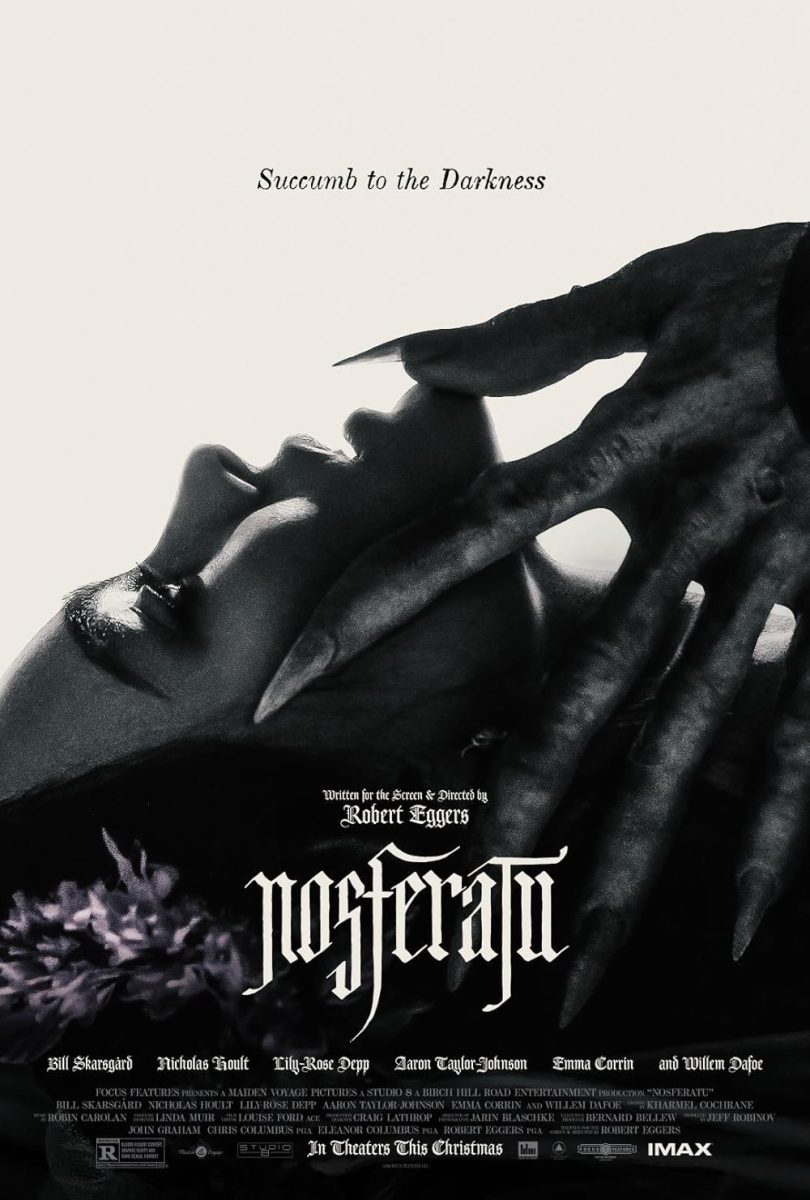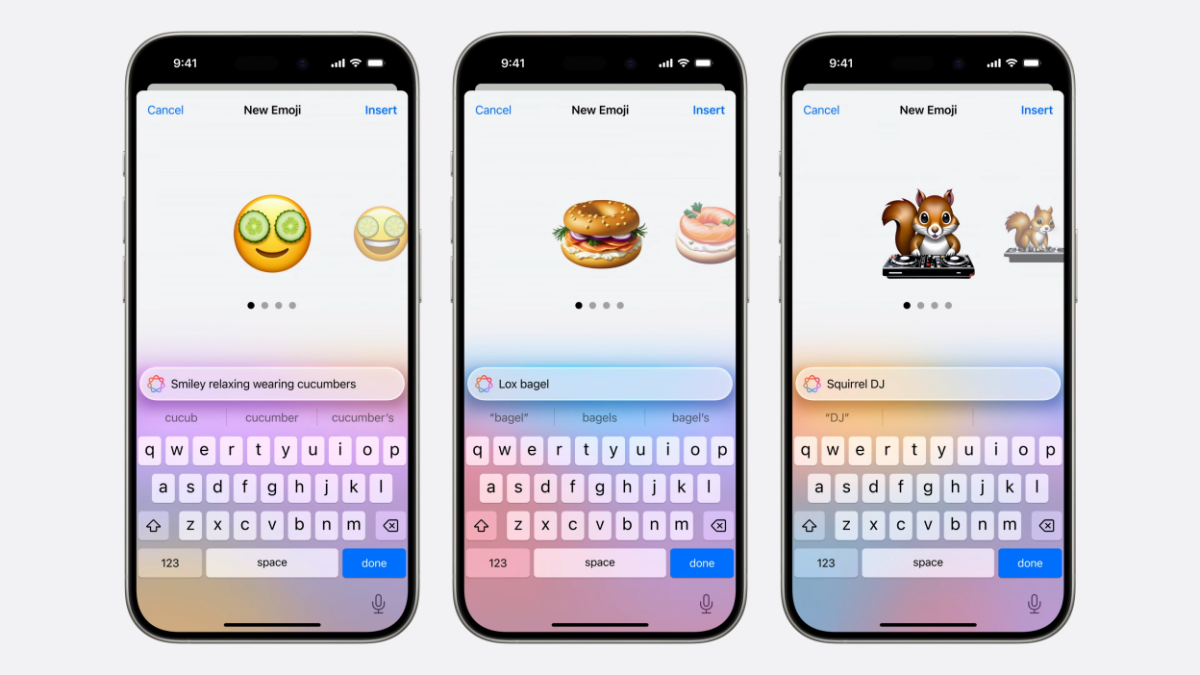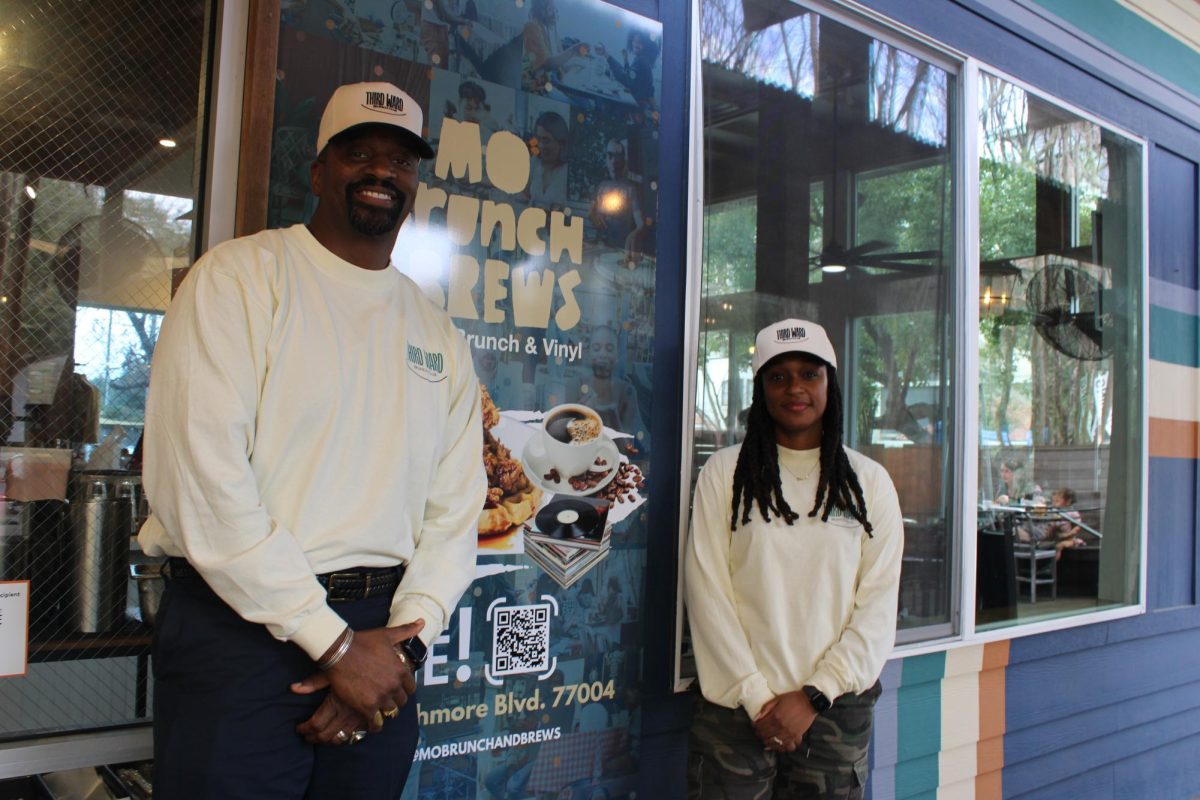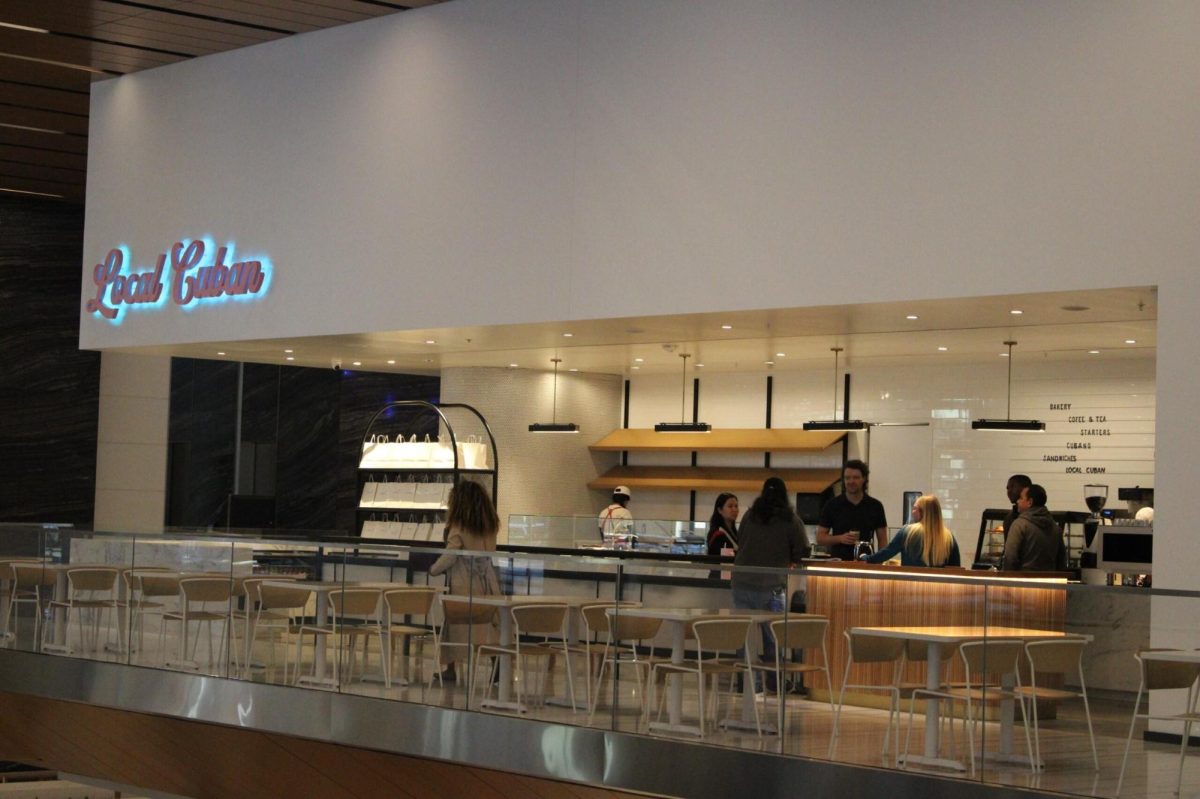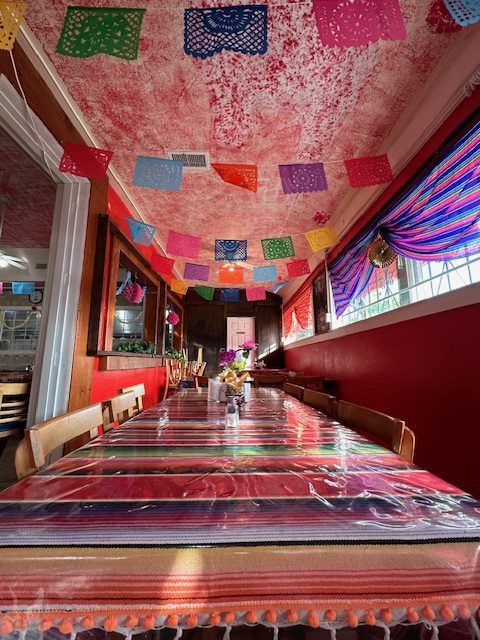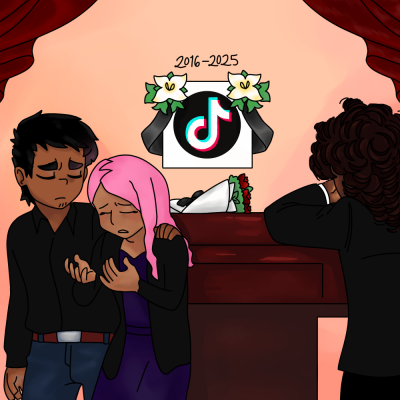Despite the promise of the social media app going dark at the stroke of midnight on Jan. 19, TikTok went dark around 9 p.m. CST the night before, with notifications from TikTok beginning at 8 p.m.
Referred to as the shutdown heard across the nation, users experienced an early outage with the TikTok app, refreshing the app to no avail. Each refresh earned the user a single error message paired with the option of closing the app altogether.
“We regret that a U.S. law banning TikTok will take effect on January 19 and make our services temporarily unavailable,” the system notification read. “We’re working to restore our service in the U.S. as soon as possible.”
Throughout the 12 hours, users across the platform experienced what only could be described as intense grief.
“Imagine 180 million people quitting a drug cold turkey,” one user posted.
The consensus seemed to be that users did not know what to do with their free time, in conjunction with the devastation of being unplugged from their main source of news. As of 2024, about 52 percent of TikTok users consider the app their main news source according to the Pew Research Center.
Though the ban on TikTok has been brewing in legislation for the last several years, online denizens do not buy the narrative being pushed by the Trump administration, as well as TikTok itself, painting President Donald Trump as the app’s savior.
For about an hour after TikTok went dark, any attempt to open the app was met with another disappointing yet hopeful notification.
“We are fortunate that President Trump has indicated that he will work with us on a solution to reinstate TikTok once he takes office,” the notification read.
Online denizens found TikTok’s sudden appreciation for President Trump strange, with some even pointing out Trump himself as having been the driving force behind the ban to begin with.
That begs the question: Why did the president change his mind? Why is TikTok now giving him all the credit for reinstating the app for American users?
At a rally in Washington, D.C. the day before his inauguration, President Trump stated regarding the ban, “[The Republican Party] went on TikTok, and the Republicans have never won the youth vote. We won the youth vote by 36 points, so I like TikTok…Whether you like TikTok or not, we’re going to make a lot of money.”
Though Trump’s motivations behind preserving TikTok seem to be financial in nature, it is important to remember that the ban did not begin with him. The following is a condensed timeline of events concerning the TikTok ban:
October 2019: U.S. politicians begin to question the influence of TikTok and other Chinese-owned apps on the nation.
“The Chinese government’s nefarious efforts to censor information inside free societies around the world cannot be accepted and pose serious long-term challenges to the U.S. and our allies,” said Senator Marco Rubio in a letter to the Secretary of Treasury Steven Mnuchin.
July 2020: President Donald Trump says he is considering banning TikTok because of China’s “failure” surrounding the Coronavirus pandemic.
August 2020: Trump issues an executive order requesting ByteDance depart from U.S. TikTok within 90 days.
November 2020: With Joe Biden elected as next president, the Trump administration extends the deadlines on ByteDance.
February 2021: Biden postpones legal cases regarding the TikTok ban.
December 2022: FBI Director Christopher Wray raises national security concerns around TikTok, warning that the app’s algorithm could push Chinese Communist propaganda and collect data on users for espionage purposes.
March 2023: TikTok CEO Shou Chew attends a congressional hearing where Chew defends the platform from allegations of national security risk.
March 2024: A bill to ban TikTok or push its sale to
May 2024: TikTok and ByteDance sue the U.S. government because of the bill, claiming it to be unconstitutional.
Dec. 27, 2024: President-elect Donald Trump requests that the potential TikTok ban be paused until his administration can reach a resolution.
Jan. 17, 2025: The Supreme Court unanimously upholds the law banning TikTok, deciding that its security concerns override its effect on free speech.
Jan. 18, 2025: TikTok goes dark and is removed from app stores, such as Apple and Google Play.
Jan. 19, 2025: TikTok’s services are restored in the U.S. by a 90-day extension (ending on April 5) signed by President Trump, which allows for TikTok to continue its search for U.S.-based ownership.
Though users across the nation are celebrating TikTok’s return, the battle to keep the app alive in the U.S. is far from over. There is much confusion and unsubstantiated claims about its status.
Some sources theorize that TikTok was bought out by Meta, hence why it is now possible to link users’ accounts to other Meta apps such as Facebook. Other sources claim that tech giants, such as Microsoft, are now in the potential buyers’ pool for the app.
Despite TikTok’s uncertain future in the U.S., the social media app’s over 170 million American users are more than overjoyed at its return, however long or short it may be.
